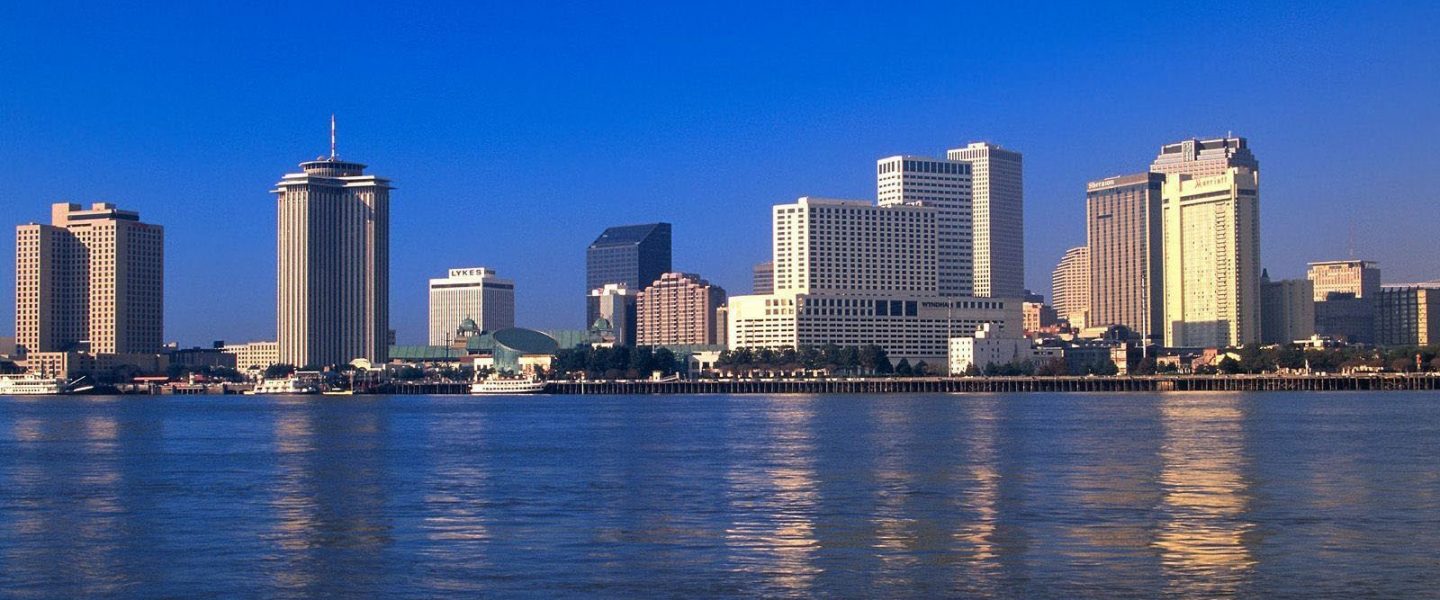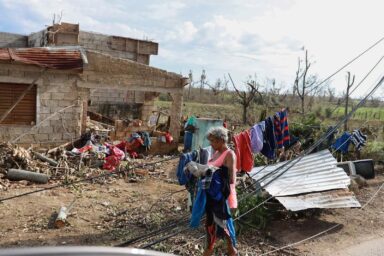As the tides rise ever higher, the world’s coastal cities carry on sinking. It’s a recipe for civic catastrophe.
This story originally appeared in Climate News Network and is republished here as part of Covering Climate Now, a global journalism collaboration strengthening coverage of the climate story.
Citizens of many of the world’s coastal cities have even more to fear from rising tides. As ocean levels swell in response to rising temperatures and melting glaciers, the land on which those cities are built is sinking.
This means that although, worldwide, oceans are now .1 inch higher every year in response to climate change, many citizens of some of the world’s great delta cities face the risk of an average sea level rise of up to almost .3 inch a year. Both the rising waters and the sinking city streets are ultimately a consequence of human actions.
Humans have not only burned fossil fuels to alter the planet’s atmosphere and raise global temperatures, they have also pumped water from the ground below the cities. They have raised massive structures on riverine sediments, they have pumped oil and gas from offshore, and they have dammed rivers to slow the flow of new sediments.
And because of such steps, some of the world’s great cities have been steadily going downhill. Tokyo in Japan has sunk by 13 feet in the course of the 20th century. Shanghai in China, Bangkok in Thailand, New Orleans in the US, and Jakarta on the island of Java in Indonesia have all sunk by between 6.5 and 9 feet in the last 100 years.
Now a new study in the journal Nature Climate Change has found that 58 percent of the world’s coastal citizens live on soil and bedrock that is collapsing beneath their feet. Fewer than 1 percent are settled on terrain that is rising. Most are exposed to possible relative sea level increases of between .3 and .39 inches a year.
The message to governments and local authorities is: Start thinking about subsidence now.
“We wanted to look at the big picture globally, to better understand the impact of global sea level rise combined with measurements of sinking land,” said Robert Nicholls, of the University of East Anglia in the UK.
“We found that coastal populations live with sea level rise at three and four times the global average and that the impacts of sea level rise being experienced today are much larger than the global numbers being reported by the Intergovernmental Panel on Climate Change.”
So the message to governments and local authorities is: Start thinking about subsidence now.
Coastal flooding has been a source of increasing alarm for a decade. Eight years ago, researchers warned that by 2050 coastal floods could be costing the world $1 trillion a year.
Since then individual research teams have been looking at the risks from extremes of rainfall, storm surges, and shifts in ocean temperatures and currents to find that by the century’s end what had once been once-a-century events could become 10 times more frequent.
Faulty Readings
And yet another group has questioned the assumptions on which sea and coastal land heights are based. Many of the estimates have been confirmed by satellite radar topography measurements, but these in turn are based on reflections from the first surface the radar signal touches. If it falls on bare farmland, it will be accurate. If the signal hits buildings or treetops, then the measurements might be misleading: The land surface could be much lower.
Other research teams have looked at rates of melting in Greenland and the Antarctic to warn that previous forecasts could prove to have been underestimates: By the end of the century, oceans could have risen by as much as 6.5 feet in a worst-case scenario. Once again, how bad things turn out will depend on what steps humans take now.
So, like all the research that has preceded it, this last study confirms that however bad things looked before, they now look even more alarming. The point of such research, of course, is to help governments prepare for the worst. Tokyo, Shanghai, and Bangkok have already slowed the extraction of groundwater. Other nations must consider other solutions.
“One of the main reasons that Jakarta, the capital city of Indonesia, is being moved to Borneo is because the city is sinking due to groundwater extraction from shallow wells,” said Nicholls.
“We hope that our analysis improves the understanding of how sea level rise and subsidence are hand-in-hand for science and coastal management policy worldwide. Jakarta might be just the beginning.”
Related front page panorama photo credit: Adapted by WhoWhatWhy from Guilhem Vellut / Flickr (CC BY 2.0).



